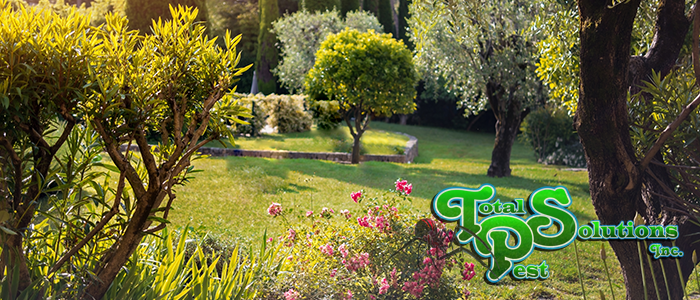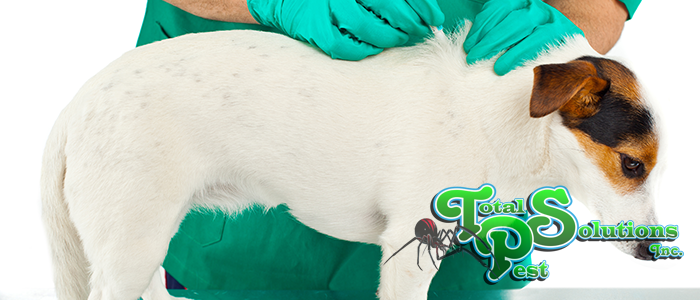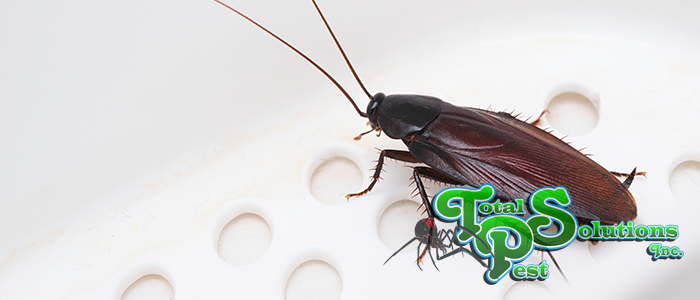
Welcome to the Pest Library! This is an ongoing educational series on our website. Our aim is to help homeowners arm themselves with knowledge to the best of our ability. The pest library will eventually contain entries for nearly every type of household pest imaginable. The entries include a description of the pest, how the critter becomes a pest to humans, the potential dangers of the creature, and how to get rid of them. While we hope you find the pest library useful, it is important to call experts to help remove pests. A pest control expert knows how to positively identify particular creatures and establish a safe and effective means of removal. This week we are exploring the lovebug – a common issue for Floridians at this time of year.
Lovebug Appearance
Lovebugs are also called the honeymoon fly or double-headed bug due to their unique appearance. They are a species of march fly that are most commonly seen together joined at the rear. The flies are all black except for a red nodule behind their head. They have the standard six legs for flies, but their abdomen and wings are extended.
Where Are They?
Lovebugs exist throughout Central America and the southeastern United States. They are particularly fond of the Gulf Coast and the state of Florida. Humans spotted the flies as early as 1911 but 194o was the first time anybody bothered to describe them. The most common states to spot lovebugs are Florida, Louisiana, Texas, Mississippi, and Alabama.
Are They A Threat?
Fortunately, lovebugs cannot sting, bite, or carry any diseases. However, they pose an indirect threat to humans by causing automotive issues. Firstly, the creatures reduce visibility. Due to their swarming tendencies, it is common to find huge masses of the insects smeared across windshields. It is nearly impossible to remove them until the vehicle is stopped and the driver scrubs them off of the windshield.
Additionally, the pests clog up essential air passages in the vehicle. Cars use those air passages for cooling the engine. However, the bodies of the insects prevent air from reaching the engine to cool it off. This causes a myriad of potential issues with car engines.
Finally, on older vehicles, the dead lovebugs cause issues with paint and protective coatings. This is because the insects’ bodies are acidic and lead to deterioration of the sealant protecting the paint. Removing the paint and protective coats exposes the vehicle to the elements and causes rusting and other potential damage.
How Can I Prevent A Lovebug Swarm?
Unfortunately, there are not really effective ways for humans to control lovebug populations. However, there are natural controls to help us out.
Natural Predators
The list of lovebug predators is not a long list. The high acidity of the bugs means that most birds or insectivores have little to no interest in them. However, robins and quails are two types of birds who do dine on lovebugs. Additionally, spiders enjoy the insects, especially their larvae.
Other Controls
Certain kinds of parasitic fungi keep lovebug populations low. Dry weather is far and away the most effective means of control. It helps kill off immature stages of the insect by drying out the thatch grass that acts as lovebug nurseries.
continue reading
Related Posts
The Importance of Scheduling Regular Lawn Care Services for a […]
The Ultimate Guide to Spotting and Eliminating Flea Infestations in […]
The Menace of Cockroach Infestations in Lake Alfred Homes Cockroach […]






